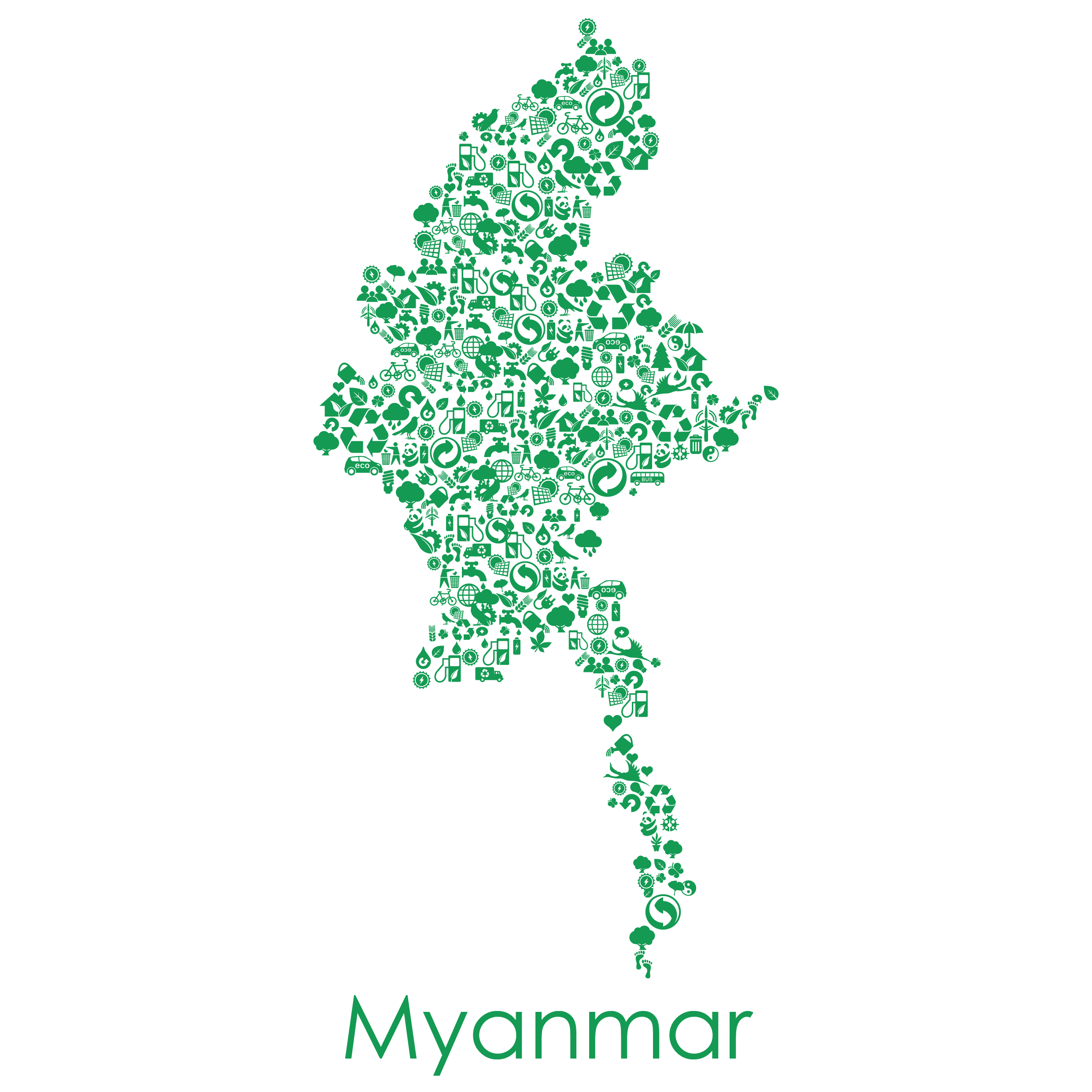
Green Business in South East Asia
Green Business in Myanmar
- 1. Development
- 2. Strategy for green development
- 3. Logistics and Industrial Infrastructure
- 4. Energy and Environment
- 5. Public Private Partnership
- by: Simone Padoan (2023)
1. Development
The Republic of the Union of Myanmar, also known as Burma (the official name until 1989) is the largest country in Southeast Asia (more than twice the size of Italy) with about 55 million inhabitants. Myanmar is divided into seven states and seven regions.
2. Strategy for green development
Myanmar’s Sustainable Development Plan 2018-2030 (MSDP) explicitly claims to align with the Sustainable Development Goals (SDGs). At first glance, the plan covers the three dimensions of sustainable development: economic, social and environmental.
3. Logistics and industrial infrastructure
This section covers the following topics: ports and waterways, railways, roads, airports, telecommunications and connectivity, industrial and logistics parks.
4. Energy and Environment
This section covers the following topics: energy infrastructure, air quality, water, waste and soil
5. Public Private Partnership
After decades of underdevelopment of public infrastructure and services, the Government of Myanmar has moved quickly to promote national development by embracing public-private partnerships (PPPs) in key areas of infrastructure investment where the private sector has expressed interest 1; the Government has initiated various forms of PPPs in the sectors of telecommunications, electricity, natural resources, housing, civil aviation, roads, and public transportation.